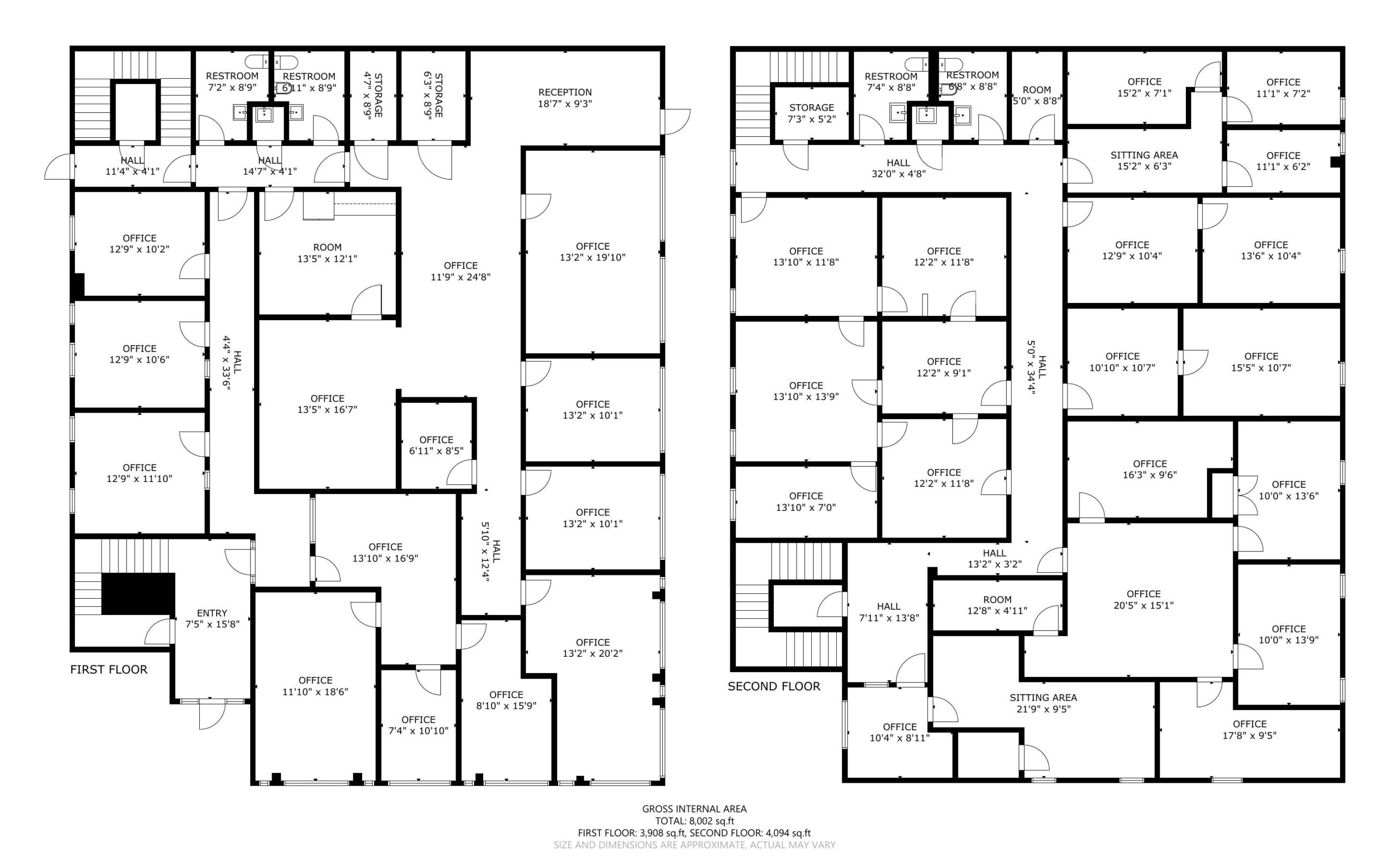
Close

When it comes to selling or renting a property, first impressions matter. In the digital age, where most buyers and renters begin their search online, high-quality real estate photography is more critical than ever. Properties with stunning visuals not only attract more attention but also have the potential to sell faster and at a higher price. Let’s explore why professional real estate photography is a game-changer in the competitive property market.
The saying “a picture is worth a thousand words” has never been truer than in the real estate industry. Prospective buyers or tenants form their first opinion based on the photos they see online. Well-lit, high-resolution images can convey a sense of space, warmth, and style, making the property more appealing.
In contrast, poorly taken photographs can deter potential buyers, regardless of the property’s actual quality. A dark, blurry, or cluttered image can create a negative impression, leading viewers to skip over the listing entirely.
1. Increased Online Engagement Listings with professional-quality images receive significantly more clicks and inquiries than those with amateur photos. Studies have shown that properties with compelling visuals are more likely to stand out in a crowded market.
2. Faster Sales and Rentals High-quality photography helps to generate more interest and viewings, which often translates to faster sales or rentals. When buyers or renters feel drawn to a property, they are more likely to schedule a visit and make an offer.
3. Higher Selling Price Properties showcased with professional photography tend to sell at higher prices. The enhanced presentation can make buyers perceive the property as more valuable, leading to better offers.
Not all photos are created equal. Here are some key elements that contribute to exceptional real estate photography:
1. Proper Lighting Lighting can make or break a photograph. Professional photographers know how to use natural and artificial light to highlight a property’s best features, creating a welcoming and vibrant atmosphere.
2. Strategic Composition The rule of thirds, balanced framing, and the right angles are crucial in showcasing a property’s layout and flow. Professional photographers use their expertise to capture rooms in a way that maximizes their appeal.
3. Post-Processing Editing plays a significant role in enhancing real estate photos. Techniques such as color correction, exposure adjustment, and retouching can turn good photos into great ones.
In recent years, drone photography has revolutionized real estate marketing. Aerial shots provide a unique perspective, highlighting features such as the property’s location, landscaping, and proximity to amenities. Drone photography is especially beneficial for large estates, waterfront properties, or homes with scenic surroundings.
As technology evolves, buyers are expecting more immersive experiences. Virtual tours and 3D photography allow potential buyers to explore properties from the comfort of their homes. This technology not only saves time but also helps buyers feel more confident about their choices before visiting in person.
For real estate agents, investing in high-quality photography isn’t just about marketing properties; it’s also about building a strong personal brand. Agents who consistently showcase listings with professional photos are perceived as more credible and dedicated, attracting more clients in the long run.
1. Poor Lighting Dark or overexposed photos can make even the most beautiful properties look unappealing.
2. Cluttered Spaces Failing to declutter before a photoshoot can distract viewers and detract from the property’s best features.
3. Inconsistent Quality Using photos of varying quality within the same listing can confuse potential buyers and diminish the overall appeal.
While hiring a professional photographer may seem like an added expense, the return on investment is undeniable. From faster sales to higher selling prices, the benefits far outweigh the costs. In a competitive market, professional photography is not a luxury but a necessity.
In today’s real estate market, high-quality photography is a powerful tool that can make all the difference. It not only attracts more potential buyers but also enhances the perceived value of a property. By investing in professional photography, sellers and agents can stay ahead of the competition and achieve their goals more efficiently. So, if you’re looking to make a lasting impression and maximize your property’s potential, don’t underestimate the importance of outstanding visuals.
